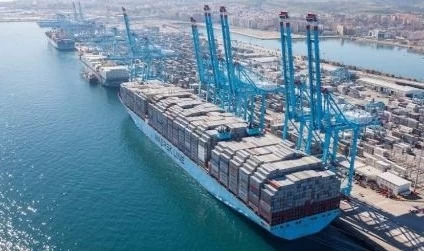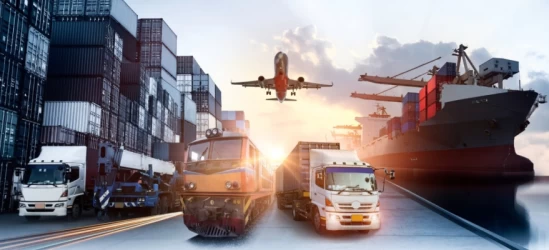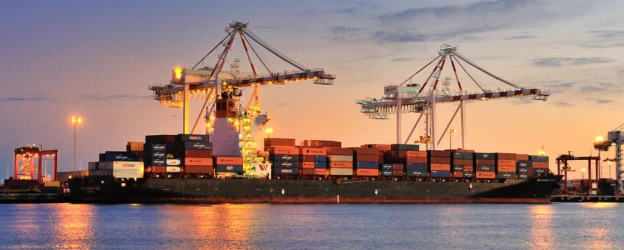Sea freight in the port of Manila
Manila Port, the largest and busiest port in the Philippines, plays a vital role in the nation’s maritime transportation system. Strategically located along the Manila Bay, this port serves as a crucial gateway for trade and commerce, facilitating the import and export of goods not only for the Philippines but also for other countries in the Asia-Pacific region. This article explores the significance of Manila Port in maritime transportation, its infrastructure and facilities, the types of cargo handled, the impact on the economy, and the challenges and opportunities for future development.
Importance of Manila Port in Maritime Transportation
Manila Port is recognized as a critical hub in the global maritime transportation network. It handles over 90% of the Philippines' international trade, making it an essential component of the country’s economic framework. The port's strategic location offers direct access to major shipping routes, enabling efficient connections to key markets in Asia, North America, and Europe. Additionally, Manila Port acts as a central distribution point for goods entering and leaving the Philippines, which is vital for both domestic and international businesses.
Infrastructure and Facilities
Manila Port is equipped with modern infrastructure and facilities to support diverse maritime activities. Key features include:
- Container Terminals: The port boasts several container terminals, capable of accommodating a high volume of containerized cargo. These terminals are equipped with state-of-the-art cranes and handling equipment, facilitating quick loading and unloading of containers.
- Bulk Cargo Facilities: Manila Port has dedicated facilities for handling bulk cargo, including agricultural products, minerals, and liquid fuels. These facilities are essential for supplying raw materials to various industries within the Philippines.
- Passenger Terminals: The port serves as a major transit point for passengers traveling to various islands in the Philippines and international destinations. The passenger terminals offer amenities such as waiting areas, ticketing services, and customs processing.
- Warehousing and Storage: Manila Port has advanced warehousing facilities for the temporary storage of goods before distribution. These warehouses are equipped to handle perishable items, ensuring they remain in optimal condition during storage.
- Customs and Logistics Services: The port provides efficient customs services that expedite the clearance of goods. Additionally, modern logistics systems facilitate the seamless movement of cargo, ensuring timely deliveries to and from the port.
Types of Cargo Handled
Manila Port manages a wide variety of cargo types, which include:
- Containerized Cargo: A significant portion of imports and exports is conducted through containerized shipments. This includes electronics, clothing, food products, and automotive parts.
- Bulk Cargo: The port is well-equipped to handle bulk shipments, including grains, cement, and petroleum products, which are crucial for the country’s infrastructure and energy needs.
- Automobiles: Manila Port is a central hub for the import and export of vehicles and heavy machinery, catering to the automotive industry in the Philippines.
- Chemicals and Liquid Products: The port has specialized facilities for transporting chemicals and liquid products, playing a crucial role in various manufacturing sectors.
Economic Impact
The economic significance of Manila Port cannot be overstated. As the primary conduit for trade, the port contributes significantly to the Philippines' GDP and employment. The port supports numerous industries, including manufacturing, retail, and logistics, by providing a steady supply of goods. Furthermore, it enhances the country’s competitiveness in the global market by facilitating international trade.
Additionally, Manila Port serves as a critical node for inter-island shipping, ensuring the efficient distribution of goods throughout the archipelago. This connectivity is vital for remote areas, enabling access to essential products and services.
Challenges and Opportunities for Development
Despite its importance, Manila Port faces several challenges, including:
- Congestion: High traffic volume can lead to congestion, causing delays in the movement of goods and affecting overall efficiency. The port often experiences bottlenecks during peak periods, impacting shipping schedules.
- Aging Infrastructure: Some facilities and equipment at the port require upgrades to meet the increasing demands of modern shipping practices. Investments in infrastructure development are crucial for enhancing operational efficiency.
- Environmental Concerns: The port’s activities contribute to pollution and environmental degradation. Implementing sustainable practices and technologies will be essential for minimizing the ecological impact of port operations.
To address these challenges, the Philippine government has initiated various development programs aimed at modernizing the port. These include expanding terminal capacities, improving logistics infrastructure, and incorporating green technologies to promote sustainable operations.
Conclusion
Manila Port stands as a vital component of the Philippines' maritime transportation system, facilitating trade and commerce both domestically and internationally. With its strategic location, advanced facilities, and diverse cargo handling capabilities, the port plays a crucial role in supporting the country's economy. Despite facing challenges such as congestion and aging infrastructure, ongoing development initiatives promise to enhance the port's efficiency and sustainability. As Manila Port continues to evolve, it will remain a key player in the maritime transportation landscape of the Asia-Pacific region.
If you have any specific questions or need further assistance, feel free to ask!











